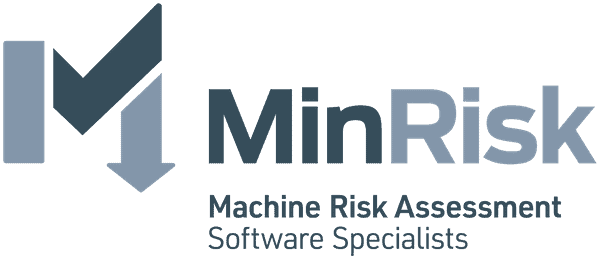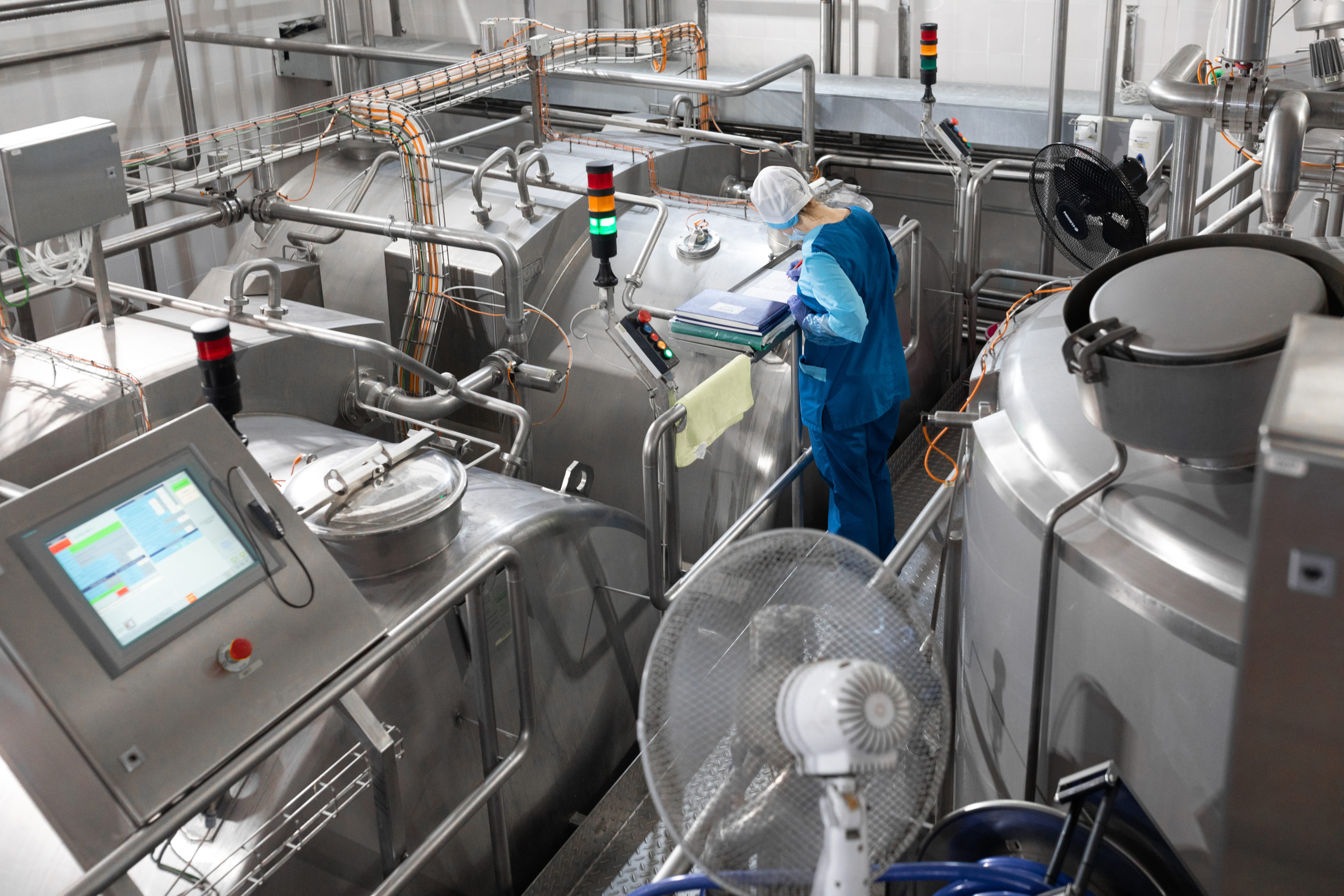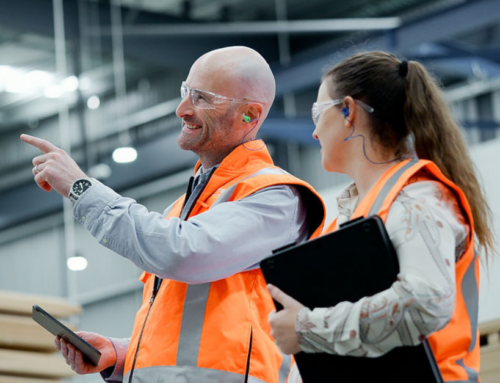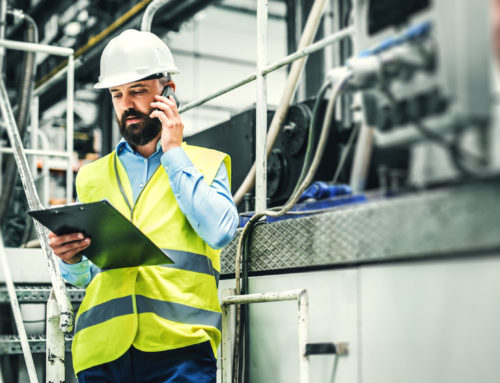Nearly every manufacturing company in every industry uses some form of machinery. These can range from large industrial turbines to a coffee grinder. But no matter how large or small, machinery has one common feature: risks which can lead to workplace hazards.
The risks surrounding workplace machinery are immensely complex. Risks can be to employees, to the environment, or relate to the successful operation of the business.
If risks are not identified and evaluated properly, the consequences can be crippling. Underestimating machine safety risk can lead to machine failure, which in turn can lead to loss of production, or harm to your people. Overestimating risk can result in money being spent on unnecessary equipment or engineering costs.
The extent of workplace risks are vast. In fact, most company directors and Health and Safety officers have difficulty knowing or understanding what all the risks are, where they are and how significant they are. Directors can find out more about their obligations in TEG Risk’s Complete Director’s Guide to machine safety risk.
Ensuring adequate arrangements are implemented to suitably minimise the risks that arise from machinery, plant and equipment hazards is an important part of a company director’s responsibilities.
So, what are the machinery based hazards that generate these workplace risks?
Common hazards and risks in manufacturing workplaces include:
- Injuries from dangerous machinery and equipment (plant)
- Exposure to dangerous goods or hazardous substances
- Injuries from lifting, pushing and pulling heavy loads
- Handling heavy tools and equipment
- Being hit by moving objects such as forklifts
- Noisy machinery
- Slips, trips and falls.
This top level list presents insufficient information on all of the hazards or amount of risk that make up the line of “injuries from dangerous machinery and equipment (plant)”.
Reported hazards and risks for workers operating machinery and equipment
- Be required to place their hands close to the mechanism of the machinery and be injured if caught by moving parts
- Be exposed to constant harmful noise, radiated energy or fumes emitted from the machinery in operation
- Inadvertently bump or knock control levers or buttons
- Make adjustments to the mechanism of machinery and equipment while the machine is in motion
- Be required to clear away scrap material
- Make minor adjustments, or reach into the moving mechanism of the machinery and equipment being operated.
But these are just the hazardous events/situations that may result in harm to your employees. We need to also understand the risks that could lead to that harm. Typical risk factors as they relate to machinery are:
Mechanical hazards
Machinery and equipment have moving parts. The action of moving parts may have sufficient force in motion to cause injury to people. When assessing machinery and equipment for possible mechanical hazards, consider:
- Machinery and equipment with moving parts that can be reached by people
- Machinery and equipment that can eject objects (parts, components, products or waste items) that may strike a person with sufficient force to cause harm
- Machinery and equipment with moving parts that can reach people, such as booms or mechanical appendages (arms)
- Mobile machinery and equipment, such as forklifts, pallet jacks, earthmoving equipment, operated in areas where people may gain access.
| Machinery Type | Hazard Risk |
|---|---|
| Rotating shafts, pulleys, sprockets and gears | Entanglement |
| Hard surfaces moving together | Crushing |
| Scissor or shear action | Severing |
| Sharp edge – moving or stationary | Cutting or puncturing |
| Cable or hose connections | Slips, trips and falls (e.g. oil leaks) |

Non-mechanical hazards
Non-mechanical hazards associated with machinery and equipment can include harmful emissions, contained fluids or gas under pressure, chemicals and chemical by-products, electricity, dust, mist (vapours or fumes), explosive or flammable atmospheres, noise, heat (radiated or conducted), ignition sources (flame or spark), high intensity light (laser, ultraviolet) and noise. All of these can cause serious injury if not adequately controlled.

Ergonomic Hazards
The interface between operators and machines is often referred to as ergonomics. It includes all human interface aspects that may be relevant across the whole lifecycle (from construction through to operation, maintenance and disposal). Common ergonomic hazard considerations include:
- Access
- Design and location of display and control items
- Cognitive loading
- Lighting and visibility
- Posture, effort or repetitive activity.
Safe access to machinery and equipment should take into consideration:
- Who will be working on or around the machinery and equipment?
- What equipment or materials needs to be carried to undertake the tasks?
- Where and when is access required for operation, maintenance and cleaning?
- How people gain safe access (walkway, gantry, elevated work platform or ladder)?
- What work will be carried out during access
- What equipment and work platform or structure is best suited for the intended task?

How to reduce risk in the workplace
Every workplace will include many different types of machines and processes, which means there’s no ‘one size fits all’ solution to reducing workplace risk as it relates to machinery.
As outlined, the number of potential hazards is significant. For this reason, a systematic risk assessment should be conducted for each machine. In all cases a competent person or team is required but must utilise the right processes. In some cases, it may be necessary to call in a specialist third-party who has specialised or technical expertise – for example, a machine safety engineer.
Machine safety risks should be minimised whenever they cannot be eliminated or made inherently safe. The minimisation efforts should follow a hierarchical approach where engineering/isolation practices e.g. guarding are implemented where reasonably practicable before relying on administrative based minimisation controls such as training, procedures or signage.
The Health and Safety at Work Act 2015 requires that machinery and equipment risk controls are preventative by nature, are effective and durable for the environment it is used in and deal directly with the hazard at its source.
Knowing when or if you have done enough risk minimisation is often that hardest decision to make. The best way to reduce common machine safety risks in a workplace is with a comprehensive third-party risk assessment.
What is a workplace risk assessment?
A workplace risk assessment is a thorough examination of a workplace to identify the machinery, situations and processes that may cause harm. When risks are identified, they are analysed and evaluated in terms of severity. A risk assessment plan for effectively eliminating or controlling these risks will then be created.
A risk assessment involves:
- Identifying hazards and risk factors that have the potential to cause harm
- Analysing and evaluating the risk associated with that hazard and how one may be harmed
- Determining appropriate ways to eliminate the hazard, or control the risk when the hazard cannot be eliminated.
- Following these steps should utilise multiple people, information sources and tools to reach the right conclusions. Further information can be found in the TEG Risk guide to machine safety assessments.
When did your workplace last have a risk assessment?
TEG Risk’s highly trained team of machine engineers are experienced in mechanical, electrical, and safety engineering. We have the expertise to assess and review your machinery and establish where your greatest risks lie. Using our MinRisk App and highly skilled engineers, we can assess a large number of machines on site in a short time.
Our tools allow us to produce highly informative reports with photo references, standard references, and budget costs. We also provide a variety of management reports that allow your organisation to start planning and prioritising implementation work and recording maintenance fixes.





